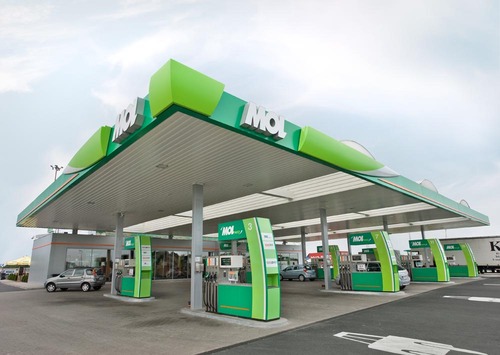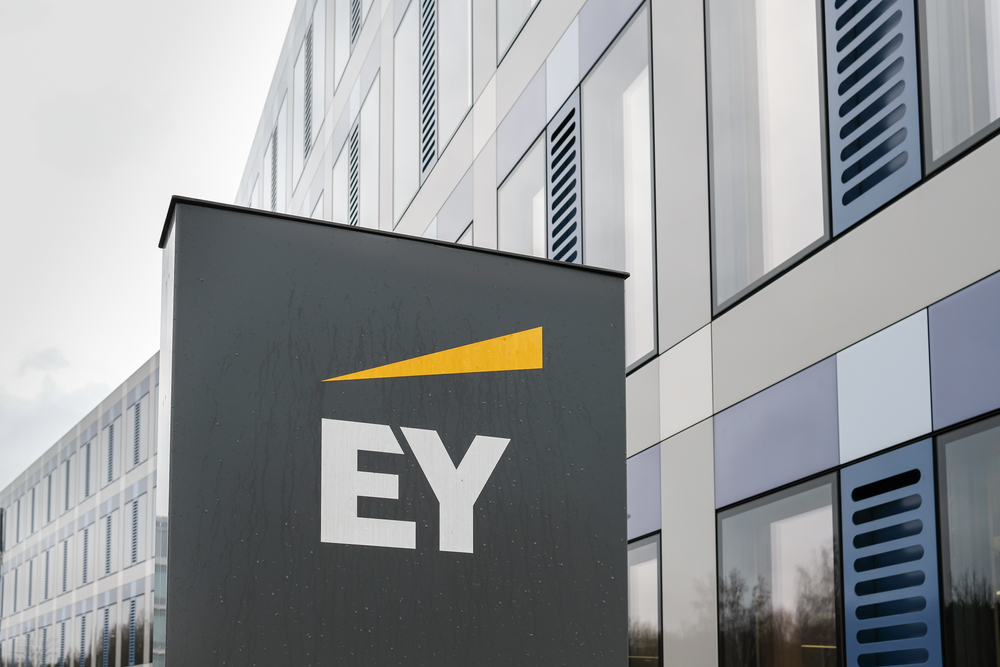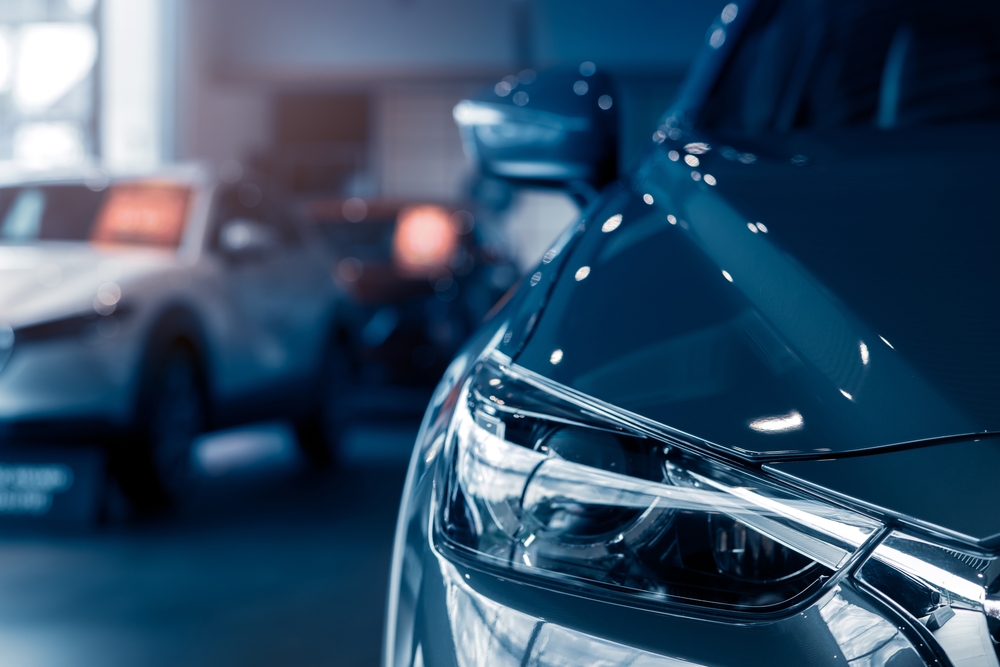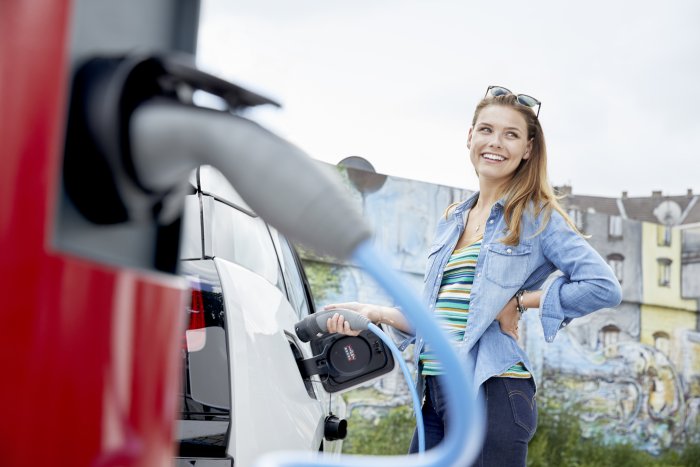Suzuki marks 30 yrs in Hungary: Investment ‘risk’ a success
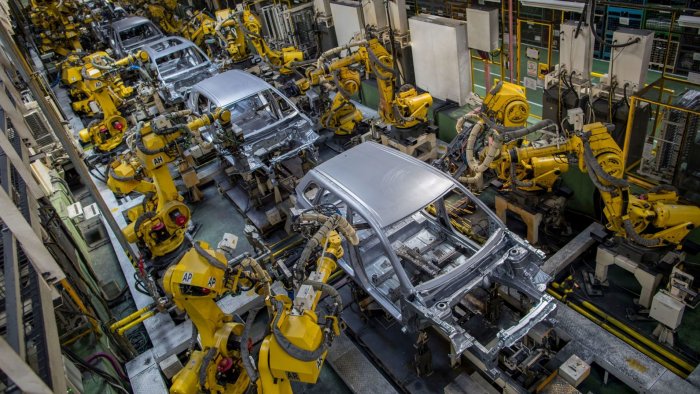
Although at the time of the regime change it was a huge risk for an international enterprise to set up a company in Hungary, Suzuki Motor Corporation chose to make the first significant (HUF 16.3 billion) greenfield investment in Esztergom. With this, the company re-established Hungarian car manufacturing after a 50-year hiatus. Over the past 30 years, the group’s philosophy has not changed: to create safe, cost-effective, and neat products that make people’s lives easier.
In the 1990s, Hungary was transitioning from a socialist economy to a market-based one. The country did not have foreign exchange reserves, and the unemployment rate has increased dramatically. Suzuki Motor Corporation spent years getting to know Hungary. The now leaving chairman and CEO Osamu Suzuki visited the country several times and singled out the easily accessible Esztergom area close to Budapest to construct the plant.
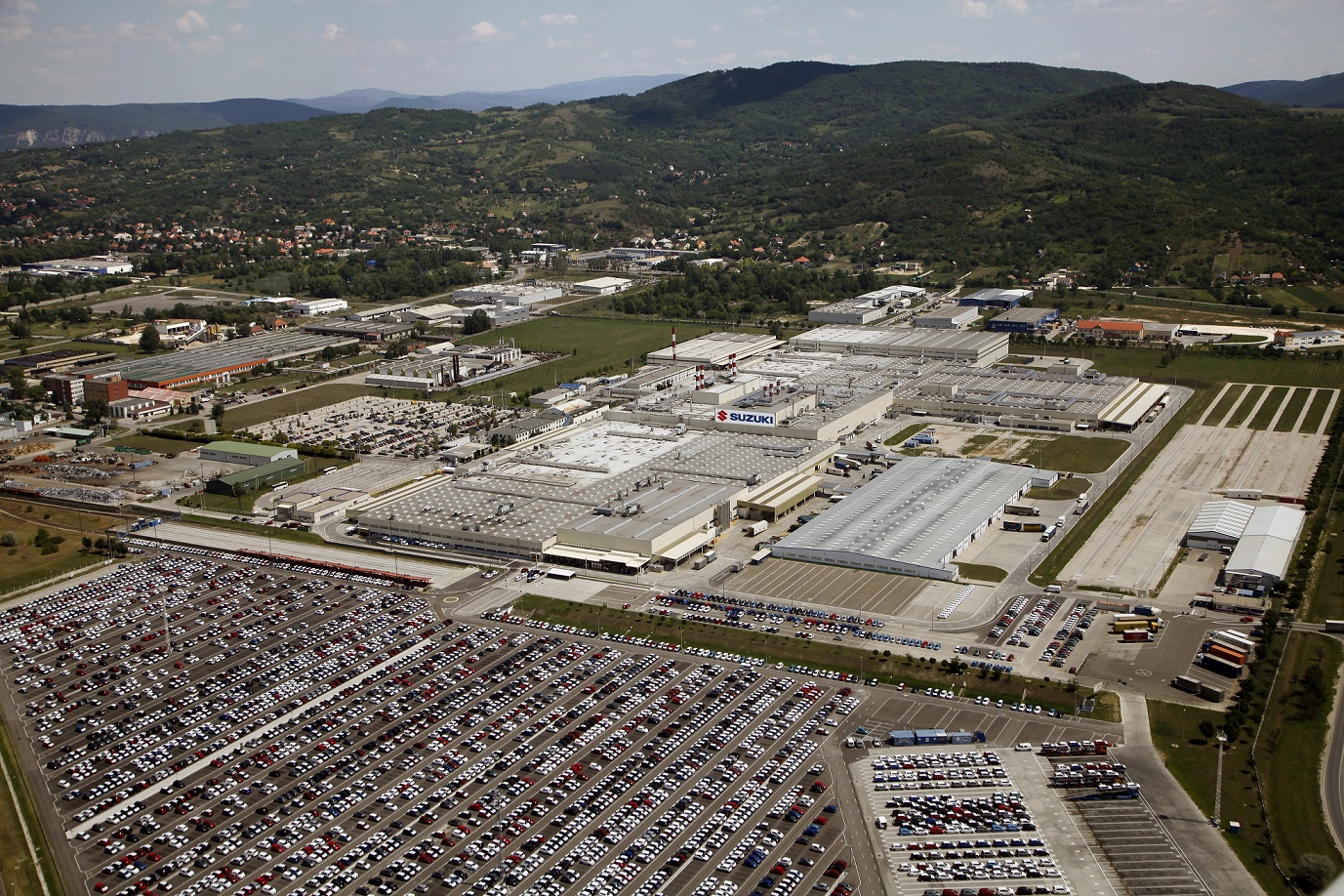
This investment sent a strong message to other foreign investors: the country was safe and an ideal destination in which to invest. The technical director of bus maker Ikarus was asked to be the CEO of Auto Concern (the predecessor of Magyar Suzuki), set up to support the company’s foundation. The leading suppliers of the later company were the founders of the Auto Concern.
Hungarian and Japanese Mentalities Meet
Although many skilled plant workers were looking for jobs in the early 1990s, it was not easy to find a suitably qualified workforce. In addition, the Japanese envisioned a completely different style of work with high-speed and precise implementation but always preceded by time-consuming and thorough planning and a thoughtful, long decision-making process.
“It was hard at that time to imagine how the work would go; we were excited about the task and the challenge that lay in it,” recalls production director Gyula Novák. “At the beginning, there were quite a few Japanese colleagues in Esztergom, and they tried to pass on their knowledge, explained and illustrated everything with drawings and diagrams, even processes with great thoroughness,” he says.
“Their principle was that if you can simplify a measure to a drawing, it is sure to be understandable to everyone. We could feel on the system that it was much faster, it had much more capacity, and was much more mature than anyone was used to; Suzuki’s was leading technology in Hungary at that time,” Novák adds.
Magyar Suzuki adopted all its technical specifications and best practices from Japan. However, the operational processes and rules had to be developed by the Hungarians. Today the 30-year-old company is contributing to the livelihoods of more than 10,000 people, including 2,800 employees, many suppliers, partners, and dealers.
-OK.jpg)
1,000 Cars per Year in 1992, 700 per day Today
“The Esztergom plant has been engaged in full-scale car production from the very beginning, covering all processes of car manufacturing: pressing, welding, and painting of steel sheets, then assembly of vehicles and quality inspection of finished cars,” explains Zsuzsanna Bonnár-Csonka, head of corporate communications.
“Moreover, since April 2019, the Hungarian plant has been the parent company’s European-based supply center for spare parts and accessories, and its leading automotive center in Central Europe,” she says.
When the factory opened, local suppliers were commissioned to produce particular parts, mostly pressed metal or die-cast made plastic parts, not needing unique improvement. Nowadays, more complex functional parts also arrive from them, and they are actively involved in the development of prototypes.
The plant started in 1992 with the production of the first-generation Suzuki Swift. A new car was completed on average every three days, and 1,000 vehicles rolled off the production line in a year. Today, approximately 700 new models are assembled daily by the staff and robots in two shifts. Suzuki’s hoped for success did not lag in Hungary.
Entering the market with the splendid value-for-money first-generation Swift, representing a “more Western” auto compared to the contemporary Trabants and Ladas, new car purchases became available to the masses. The Swift would become the people’s car. Export operations followed in 1994, and today Suzuki models are exported to 123 countries on five continents.
While all cars were assembled and polished by hand in the early years, and there were 4-6 robots in the welding plant, today 770 robots are aiding, currently in the production of hybrid Vitara and SX4 S-CROSS models. The iconic models made in Hungary over the years are the three generations of Swifts (1992, 2005, and 2010), Wagon R+, Hungary’s first minivan (2000), Ignis (2003), SX4 (2004), Splash (2008), SX4 S-CROSS (2013), and the most popular Vitara (2015). In 2020 the 3.5 millionth Suzuki was completed in Esztergom, and development does not stop; new challenges must be responded to.
A New Era Dawns
In the spirit of sustainable production and operation, the development of new models and upgrades is continuous at Suzuki, based on market trends, needs, and the regulatory environment. A significant step in December 2019 was the beginning of serial production of hybrid vehicles for the Hungarian and EU markets, bringing new technology and work processes.
Significant modifications have taken place while a fresh protocol has been developed for the safe transport, storage, transfer, and installation of new components. Today, the company offers a full range of hybrid alternatives and, in addition to raising quality to the highest possible level, it will continue focusing on the environmentally-conscious renewal of models and manufacturing methods.
Not only serial production but also experimental development of prototypes is taking place in Esztergom. Transferring the so-called design proto phase of the hybrid model development introduced in 2019 to the Hungarian production site allowed Magyar Suzuki Corporation to develop and produce quality products in a shorter time.
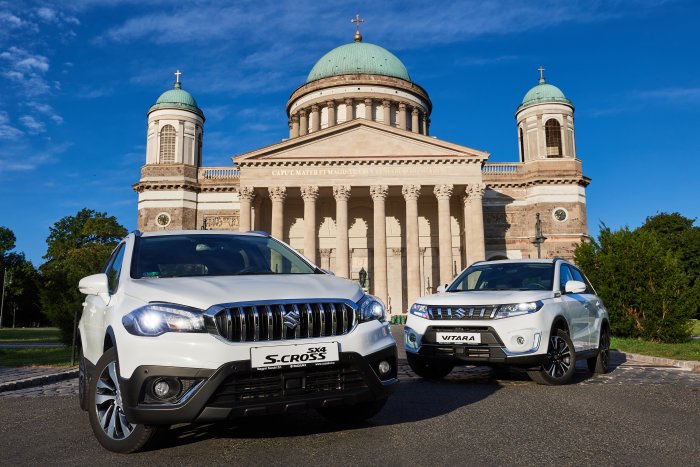
The main driving force and key to the industry’s success is continuous development, whether in the optimization of processes, costs, series, or manufacturing. One such local decision was putting more emphasis on the SUV category on the Old Continent instead of small cars, in line with European needs. Nowadays, Suzuki customers are more interested in high-end models, while each series has also made significant steps to safer, more environmentally conscious driving.
“In the short- to medium-term, the proportion of electric cars will increase, but hybrid versions with internal combustion engines will remain. A number of new, viable technologies are sure to emerge, and it will be possible to choose from several types of powered cars, just like today, when petrol, diesel, hybrid and purely electric cars are available on the market,” says sales director Róbert Krisztián.
For more information about Magyar Suzuki, visit the company's LinkedIn page.
This article was first published in the Budapest Business Journal print issue of May 21, 2021.
SUPPORT THE BUDAPEST BUSINESS JOURNAL
Producing journalism that is worthy of the name is a costly business. For 27 years, the publishers, editors and reporters of the Budapest Business Journal have striven to bring you business news that works, information that you can trust, that is factual, accurate and presented without fear or favor.
Newspaper organizations across the globe have struggled to find a business model that allows them to continue to excel, without compromising their ability to perform. Most recently, some have experimented with the idea of involving their most important stakeholders, their readers.
We would like to offer that same opportunity to our readers. We would like to invite you to help us deliver the quality business journalism you require. Hit our Support the BBJ button and you can choose the how much and how often you send us your contributions.

